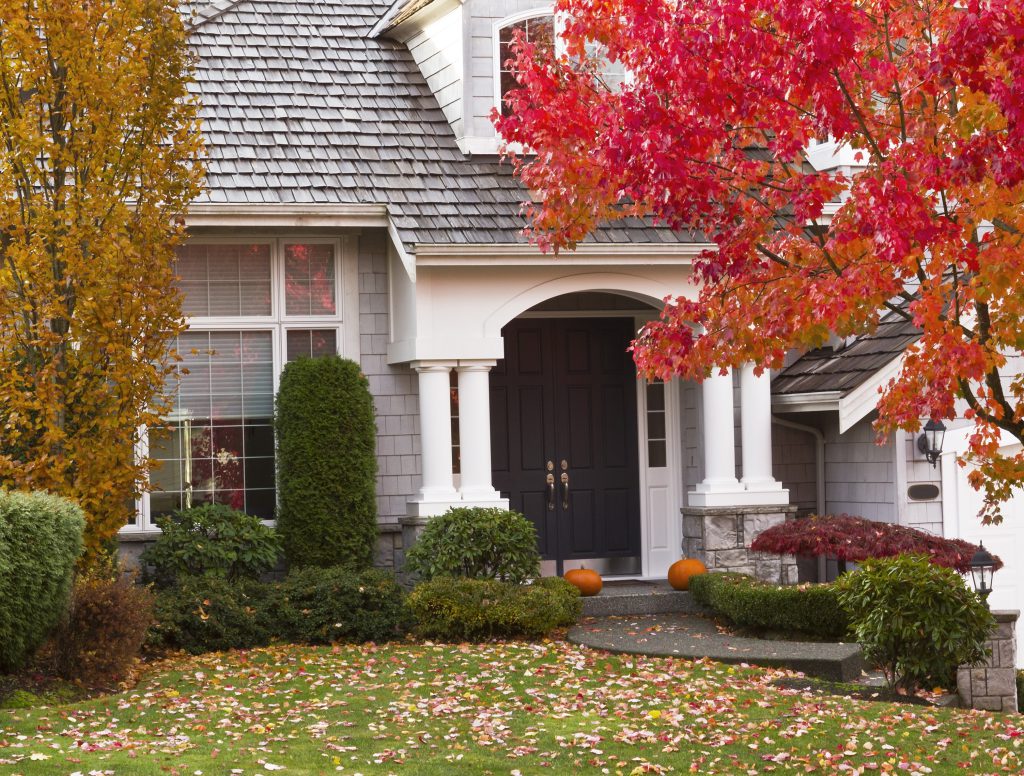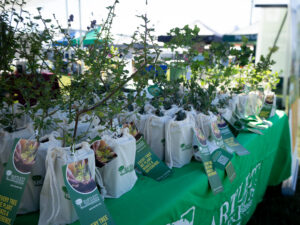
Fall is a great time to prepare your trees for winter and the following spring. Preventative and remedial treatments in the fall can help boost trees’ stamina in winter and create a positive growing environment for spring. Here’s a helpful checklist for healthy trees and shrubs.
- Identify and manage over-wintering pest populations. Detecting pests and diseases to target them early with treatment reduces environmental stresses on your plants and protects your landscape investment.
- Fertilization encourages root development. Tree and shrub roots usually grow during the fall. Root systems store reserves of starch that will become active energy in the spring when shoot growth, leafing and flowering occur. Fertilization during this time will maintain soil nutrient levels and increase root production, promoting new growth in the spring.
- Prune dead, broken and interfering branches. It’s good to schedule pruning tasks after leaves have fallen so that the silhouettes of trees and deciduous shrubs can be seen. Any dead, broken and interfering branches can be removed. A skilled arborist should make the pruning decisions and cuts.
- Check for structural weaknesses in branch junctions and install cables or braces if necessary. Like pruning, the advantage of cabling and bracing trees in fall and winter is that structural defects are easier to see without foliage blocking the view and it’s easier for the arborist to judge distances, cable tension and angles.
- Perform cultural practices. Give root systems an extra layer of warmth by replenishing mulch. Wrap evergreens to prevent animal damage and keep deicing salts away from plantings.
- Assess your landscape needs and establish next season’s landscape goals. Proactive care not only protects your trees, it also saves you inconvenience and the potential of expensive replacement costs later on.
A trained professional can help accurately assess the condition of your landscape and take steps to help you protect your plantings. It’s the most cost-effective way to keep trees and shrubs healthy, especially when you consider how hard winter can be on plants. Outside in the extremes, trees and shrubs sustain storm damage, freezing and thawing temperatures, animal browsing and may have over-wintering pests and diseases that will appear in the spring. That means now is the time to reach out to a Certified Arborist to tackle your tree care to-do list and get the best preventative care.



